5 Really Annoying Things About ‘The Revenant’
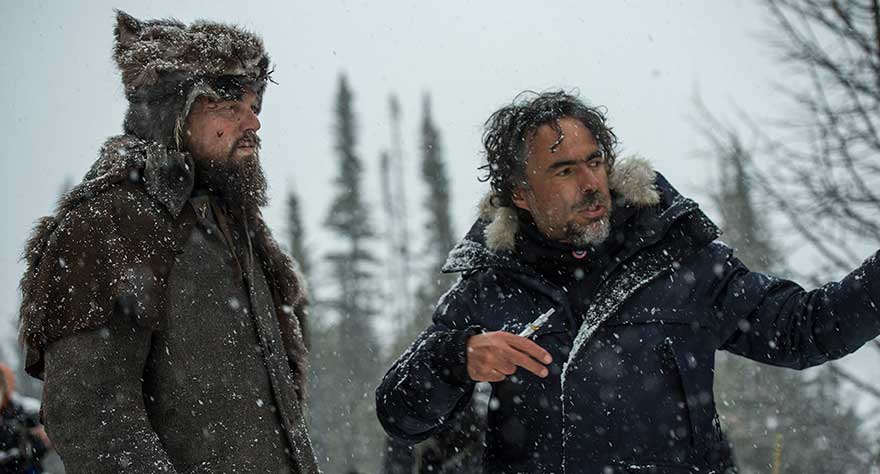
I saw an interview with Bear Grylls recently where the adventurer praised The Revenant’s realism, saying it accurately depicts a grim struggle for survival in an inhospitable landscape. He liked it so much that he went straight to a travel agent afterwards, booking a nice winter break for himself and the family in the frozen wilderness of Canada where The Revenant was shot.
Everyone seems to have an opinion on the movie, including ridiculous ones like a histrionic piece in The Guardian calling The Revenant “pain porn” and drawing a comparison to ISIS. All news is good news for “Team Revenant” in the run-up to the Oscars, and all those column inches about bear rape and liver eating will surely keep it fresh in everyone’s minds right up to the ceremony.
I don’t really understand why some people are getting so hot under the collar about the film. While the content is gruesome and often brutal, the stylistic choices made by Alejandro Iñárritu keeps the action at a removed distance, even when the camera is shoved up someone’s nose. We’re never given the opportunity to get to know the characters, so we just sit there, observing Hugh Glass’ ordeal with cool detachment, waiting for him to get his revenge so we can all go home. Mel Gibson got the job done about an hour less in Payback, and it was a bit more fun.
DiCaprio and Co. keep talking about what an arduous location shoot it was, which leads me to my main beef with the movie: Iñárritu puts his cast and crew through hell for the sake of authenticity, but makes so many flashy choices that keep drawing our attention to the artifice of the piece. Here are five of them.
1. Long, Long, Long, Masturbatory Takes
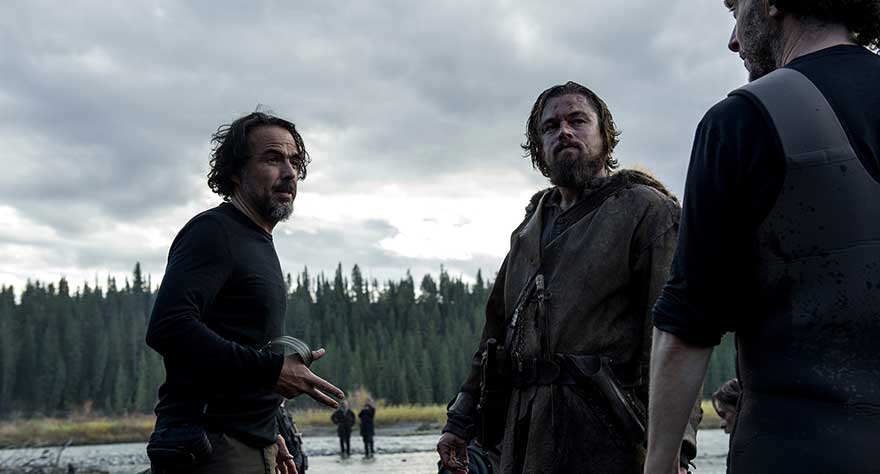
Iñárritu and Lubezki are up to their Birdman tricks again, filming long sequences of The Revenant in elaborate takes. The film’s opening set piece is immense, a stupendous tracking shot through the mayhem of an Indian raid on Leo’s fur trapper camp. It’s a little too perfect, as the camera glides clinically through the bloodbath, taking the time to pan and tilt at just the right moment to capture people getting their heads caved in.
Some call this immersive; I call it showboating. It’s like watching a demo reel for a hyper-realistic first-person shooter, and the technique calls attention to the whereabouts of the camera rather than making it disappear. The trouble with long takes is that it goes against the usual visual rhythm we expect in a film, so when the cut doesn’t come, it makes us more conscious of the director’s decision not to cut. Because of this, I’m spending more time admiring the craft than getting involved in the action.
By comparison, look at George Miller’s virtually invisible direction in Mad Max: Fury Road. There are no such flourishes from him. Miller’s only interested in orchestrating his team in service of the story, and that is far more immersive. Iñárritu’s choice of long takes serves his ego rather than the story.
2. Stuff-on-Lens Syndrome

Another thing some people find “immersive” that I find a bit too video game-like is stuff getting splattered all over the lens. It worked in Saving Private Ryan because it felt like some ultra-intrepid film crew was documenting the battle. It doesn’t make sense in The Revenant. Cameras didn’t exist back then, so what is getting spattered with blood, water and misted up by Leo’s breath? The viewer’s eyeballs? It just brings attention to the fourth wall, and once you do that, it makes the viewer conscious of that transparent barrier between them and the action.
3. Ridiculous Dream Sequences
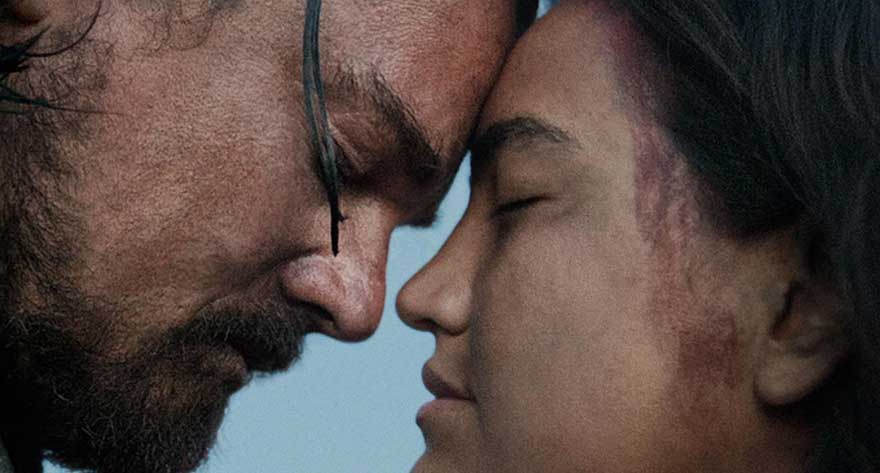
You know when someone at work starts telling you about a dream they had last night, and you take it as an opportunity to think about something else? Dream sequences in movies almost always have that effect on me. Because they’re dreams, the director can throw any old nonsense in there, or use it to fill in some back story that decent writing could have covered in dialogue. We didn’t need a dream sequence in Jaws to show Quint’s harrowing experience on the USS Indianapolis.
The Revenant gives us some very repetitive dream sequences to show us what happened to Leo’s dead wife. It’s pretty hackneyed, and it gets comical when she starts floating around above him like a possessed Sigourney Weaver in Ghostbusters.
4. Tom Hardy’s Accent
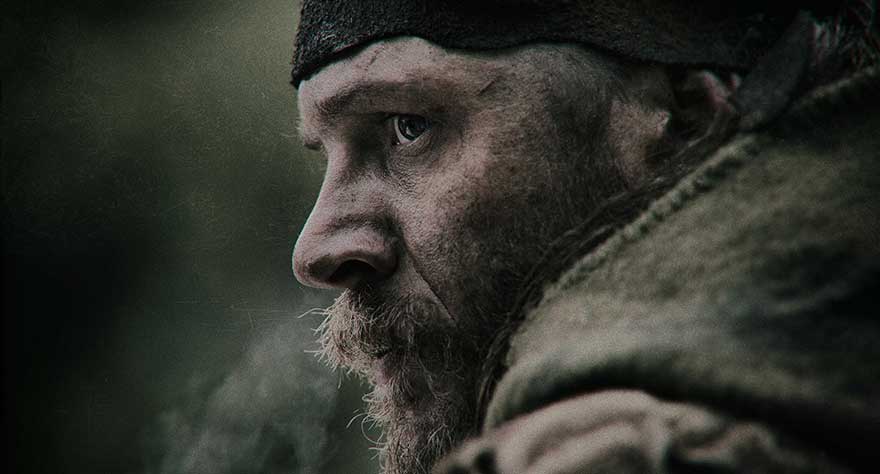
Hardy’s talent as an actor is undeniable, but he’s a very odd duck. In interviews, he looks like he’d rather be wringing the life out of the interviewer with his bare hands than answering their banal questions. And Hardy goes through accents like Inspector Clouseau goes through costumes and silly wigs. The Peter Sellers comparison is apt because one has to wonder—does Tom Hardy need to hide behind these crazy voices the same way Sellers needed to with his characters?
Hardy picked up a Supporting Actor nomination for this year’s Oscars, and he certainly immerses himself in the role of Leo’s nemesis John Fitzgerald. As a Brit, he could have chosen any kind of American accent. Instead, he chose the most outlandish, impenetrable accent he could muster, basing it on Tom Berenger in Platoon. It struck me as such an ostentatious acting choice that every time he spoke it took me out of the movie—like Iñárritu’s directorial choices, the accent feels too much like self-indulgence.
5. “What the hell are you looking at?”
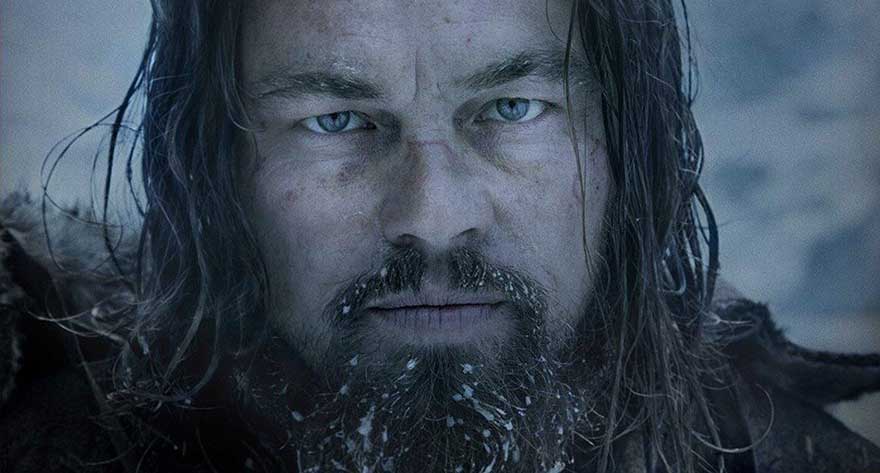
Having spent a couple of hours getting splashed, splattered and breathed on, the fourth wall is finally shattered when Leo peers right down the lens at us in The Revenant’s final frames.
It’s reminiscent of 12 Years a Slave‘s most sanctimonious moment when Solomon Northrup casts a challenging gaze into the camera. That movie spends about an hour showing us that slavery is a bad thing, then Brad Pitt shows up to tell Michael Fassbender that slavery is a bad thing. Then Northrup looks straight out of the movie at us, as if to say, “Shame on you, don’t you know slavery is a bad thing?” Well, no shit, it’s only been abolished for a hundred and fifty years or so.
At the end of The Revenant, Leo fixes us with a similar meaningful gaze, although his message seems to be more universal.”Mankind…bunch of assholes, huh?”
